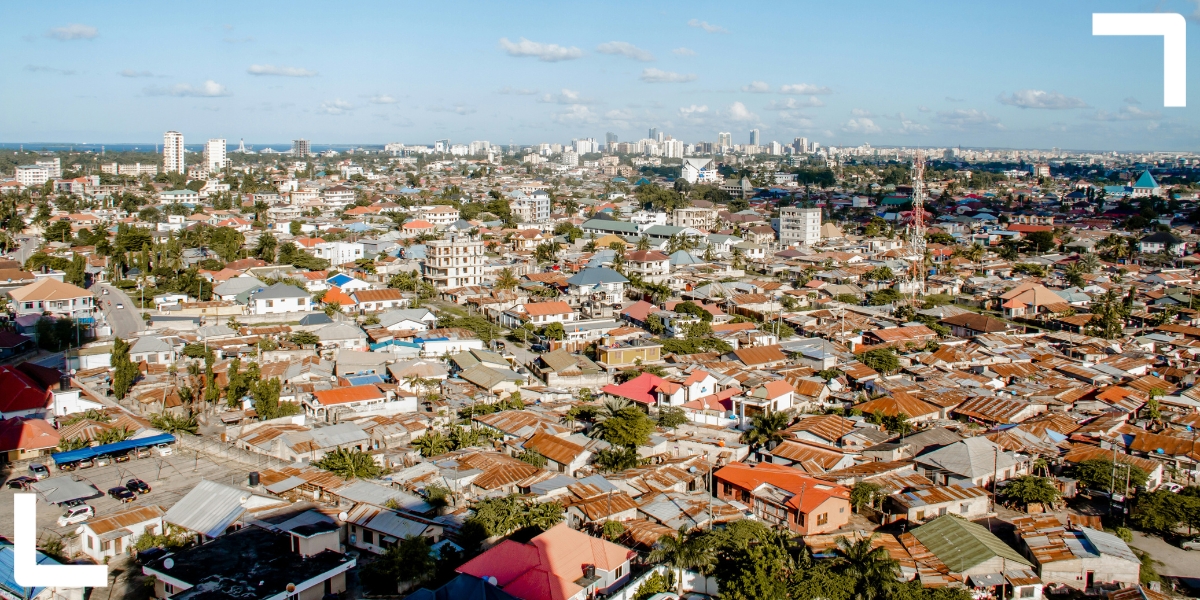By Kate Lines and Elizabeth Dessie
What catalyses positive transformation? The ACRC urban reform database aims to spotlight the many recent success stories in African cities. Its goal is to make evidence and insights openly available and easy to explore. We want to recognise the breadth of efforts to advance an urban reform frontier by sharing a wide set of related work, and in so doing catalyse and contribute to broader debates about what is possible.
The database is a learning tool. It collects, curates and showcases some of the most striking examples of positive urban reform efforts across African cities in the past decade. Short case studies are written and peer-reviewed by academics and research professionals from across ACRC and our wider network. They detail success factors and practical and political challenges, identify important lessons and point the reader to further information.
Designed to be easily navigable, database case studies are searchable by country, sector, date and keyword, or you can browse freely using the map tool. Topics are nominated from across the ACRC and our wider network. Documented “initiatives” – broadly defined – can be recent or ongoing projects, processes, programmes and policies; be led by many different kinds of agencies or groups of actors; and range in scope from city-wide to very localised.
The database is a work in progress. New case studies are continually being sourced, compiled and published on our platform – but many urban reform initiatives are still undocumented. You can help us improve coverage by suggesting a case study or contributing an idea.
What have we learnt so far?
Building on ACRC’s conceptual framework, the database aims to bolster our evidence base about the key themes underpinning positive, meaningful urban transformation. Below we set out how some of the early initiatives we have documented are contributing to our understanding.
Many examples showcase the efforts of mobilised and organised citizens in designing and advancing solutions to urban problems. In spearheading participatory design and implementation and engaging with authorities, the simplified sewage system in Vingunguti, Dar es Salaam, illustrates the importance of including communities in the design and delivery of initiatives to improve their own settlements.
An Instagram post shared by Muungano wa Wanavijiji (@wanavijiji_sdi).
The Muungano Alliance’s Covid-19 response in Nairobi showcases a social movement making use of strong existing mobilisation and data capabilities to produce positive outcomes in times of crisis and uncertainty. The movement was able to sustain community networks, facilitate safety net support and achieve recognition by city officials of the value to crisis response of community-collected data and knowledge.
The case studies also describe the power of formal and informal reform coalitions in bridging the divide between citizens and the state, or creating the basis for institutional support. The partnership between the city council, federation of informal settlement residents, technical support NGO, international development funders and transnational learning networks was key to both the effectiveness of in-situ upgrading and affordable housing in Dzivarasekwa Extension, Harare, and its later scaling up through regulatory reform.
The success of the Mukuru Special Planning Area (SPA) in Nairobi also derives from its ability to bring together individuals and institutions that have been working on tackling various urban challenges.
Often, successful urban reform involves enhanced state capacity, strengthening local governance and accountability or addressing capacity limitations through partnership-led approaches. A technical and vocational education and training project in Freetown aimed to address rising irregular youth migration. The project designed an integrated, targeted approach to skills and capacity development. The process focused on ensuring that young people could benefit from the skills they were equipped with, fostering partnerships with the municipality and private sector to maximise long-term outcomes, as well as challenging gender norms around employment.
Elsewhere, the introduction of Gulper technology in Kampala required the support of government authorities recognising and encouraging innovative solutions that address the realities of sanitation service needs in the city’s informal and underserved settlements and markets. This included reconfiguring governance arrangements to remove administrative and bureaucratic obstacles.
A change in Lagos’ waste management policy – and the subsequent willingness of government authorities to engage with small-scale actors in waste management and recycling – provided the motivation for a collaboration between informal waste pickers and NGOs in forming the Association of Scraps and Waste Pickers of Lagos.
The important contribution of elite commitment to improved outcomes and tackling urban challenges is explored in many of the case studies. The Freetown property tax reform required progressive leadership with an ambitious agenda that needed funding, and could not have taken off without strong mayoral commitment and leadership. The initiative increased city revenue to finance development priorities like infrastructure and basic services. It also increased the transparency and efficiency of the city’s property tax system, allowing the council to build trust with taxpayers.
How do we understand success?
We start by researching an initiative’s internal understanding of success, then look at how this overlaps and aligns with the ACRC’s own conceptual framework. In gauging an initiative’s success in influencing urban reform, we encourage case study authors to prioritise the assessments of whichever groups are defined as its “target population”.
This is not always possible within the constraints of secondary research – for example, if monitoring and evaluation has not yet been carried out. In these cases, the assessment of a range of people who have been closely involved in the implementation of the project is considered to be the closest barometer for how well the project meets the needs of city residents.
Reframing transformative urban progress
ACRC’s theory of change allows us to reframe our understanding of the conditions required to enact transformative progress in African cities, exploring in particular the role of urban reform coalitions in catalysing some of these changes. In addressing complex challenges, reform coalitions that cut across private, public and third sector spheres – and that challenge the formal–informal binary that divides the social and economic spheres of urban life – allow for innovative solutions to come to life through new partnerships and collaborations driven by a shared cause.
As the ACRC programme moves into its implementation phase, the database of urban reform initiatives will boost its value as a learning tool – expanding our understanding of how the founding principles, theoretical positionality, design and approaches to implementation result in improved living conditions for the most vulnerable parts of urban society.
Header photo credit: Emma Kapicha / Unsplash. Overlooking Dar es Salaam, Tanzania.
Note: This article presents the views of the author featured and does not necessarily represent the views of the African Cities Research Consortium as a whole.
The African Cities blog is licensed under Creative Commons Attribution-NonCommercial-NoDerivatives 4.0 International (CC BY-NC-ND 4.0), which means you are welcome to repost this content as long as you provide full credit and a link to this original post.


